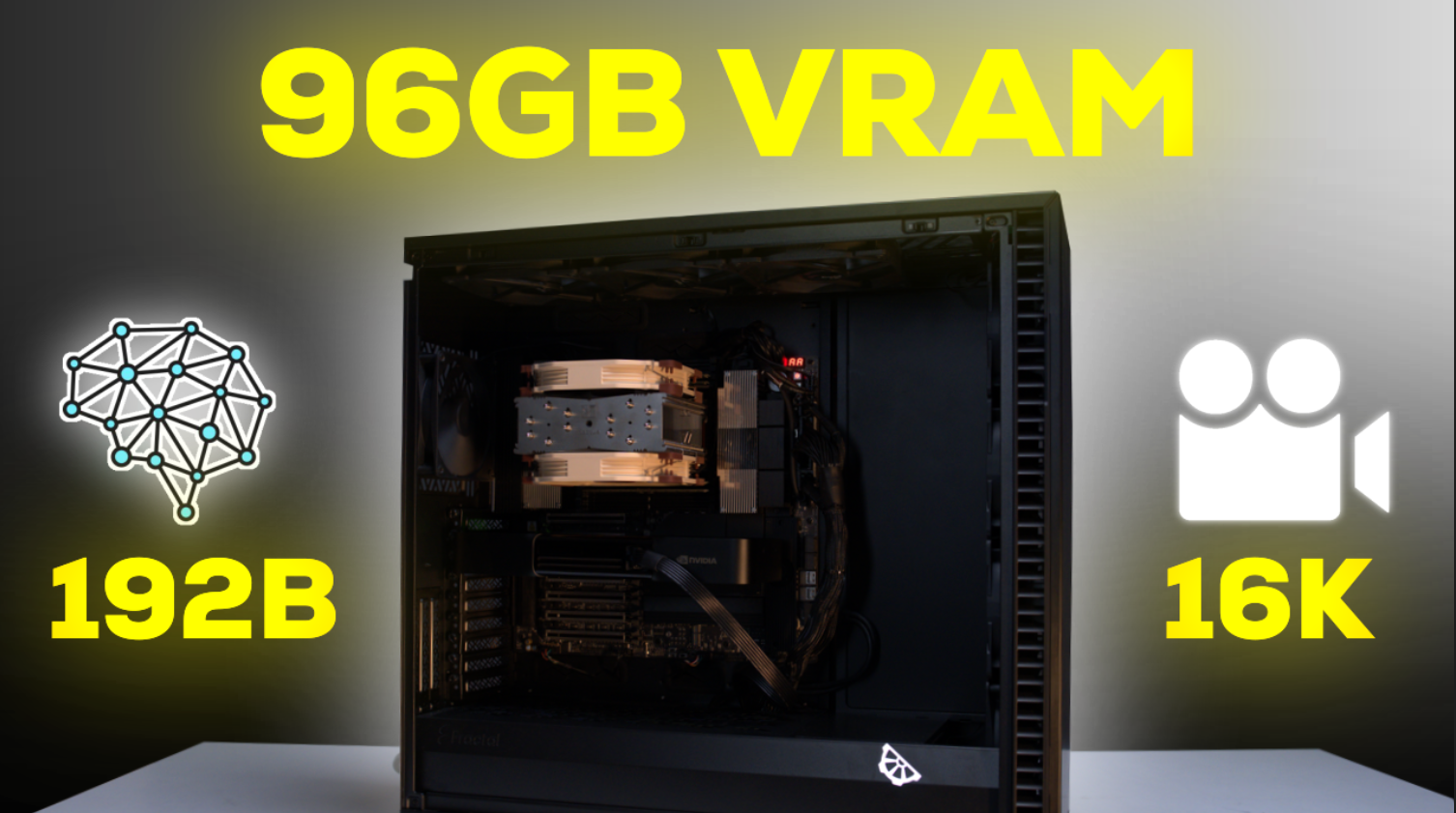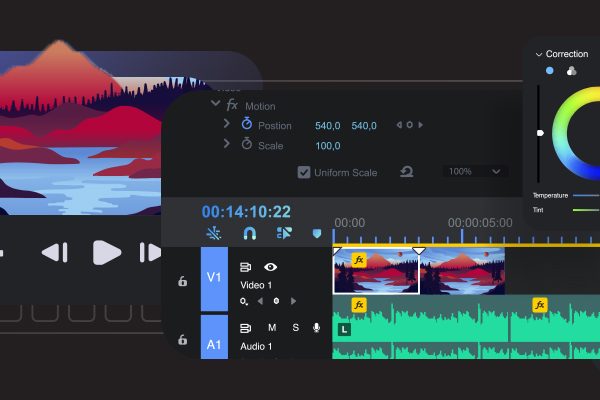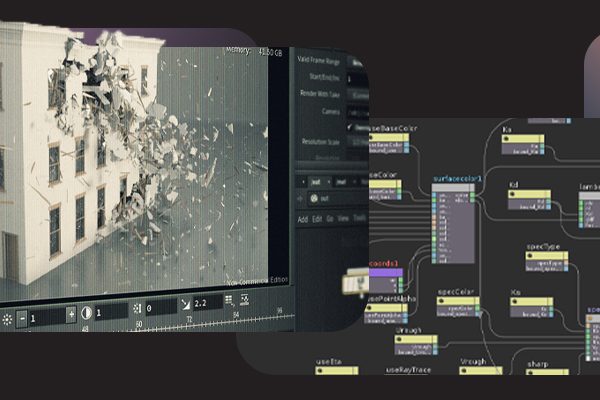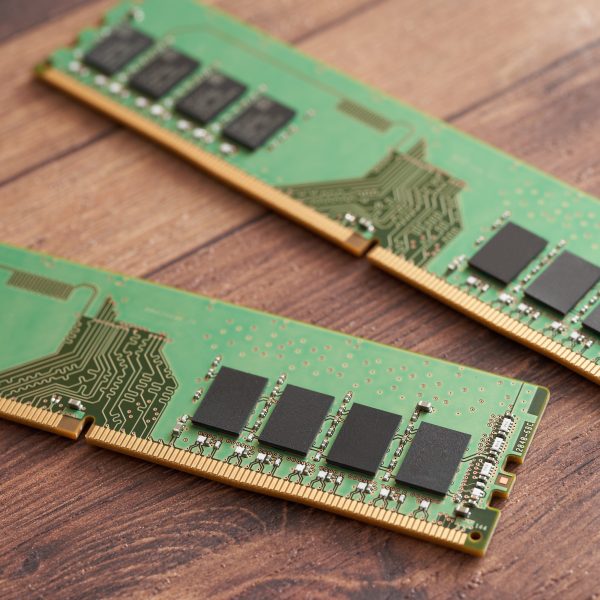Back in 2015, when we started The MVP, you’d need a rack of eight Quadro GPUs just to get 96 GB of VRAM. Fast forward to today—and one GPU, the NVIDIA RTX 6000 Blackwell, packs the same memory. And with that kind of firepower, the use cases aren’t just impressive—they’re insane.
From running billion-parameter AI models to full-fledged film production, this GPU redefines what’s possible on a single workstation. Let’s dive into what you can really do with 96GB of VRAM.
1. AI at Scale
Train & Run 192B+ Parameter Models Locally
If you’re in AI, you can run up to 192 billion parameters in inference locally. No AWS bills. No latency. Just raw performance.
With support for FP4 precision, 96 GB of VRAM is enough to handle absolutely massive models—without offloading to expensive cloud infrastructure.
You can fine-tune or train 11–15B parameter models right at your desk. And thanks to MIG (Multi-Instance GPU), you can slice the GPU into up to 4 isolated instances, letting you run different models or tasks simultaneously.
That’s not just performance—it’s independence. Companies spend lakhs every month on cloud AI workflows. Building your own stack means you own your performance—and your data.
2. Creators
16K Rendering in Blender & Cinema 4D
Fire up Blender or Cinema 4D. Load any texture, no matter how high-res. Render in 16K resolution without tapping out your GPU.
We’ve actually tested this. A full 16K render took just under 4 hours. For context, that’s 16 times the resolution of 4K. And still—the RTX 6000 barely broke a sweat.
Virtual Production in Unreal Engine
Move into virtual production, and things get even more exciting. In Unreal Engine, this GPU can run entire worlds—complex simulations, volumetric effects, real-time ray tracing—all from a single card.
Just a few years ago, we were selling systems worth ₹50+ lakhs for the same use case. Now, this GPU can do it alone, at a fraction of the price.
Add to that the high-reliability silicon. Quadro-series cards are tested by NVIDIA for low failure rates, making them ideal for high-pressure environments like movie sets or studios—where a crash can cost a production team an entire day’s work.
3. Film Editing
Multiple Native 8K Streams, Zero Compromises
The new generation of NVIDIA cards also brings top-tier encoders, supporting 4:2:2 chroma subsampling and full 10-bit color.
Pair that with 96 GB of VRAM, and you can now edit multiple native 8K ProRes or RAW video streams simultaneously—no proxies, no offline media, and no timeline lag.
We’ve tested this workflow too—layering LUTs, color grading, effects, and playback—all buttery smooth. For post-production professionals, this GPU delivers a completely uninterrupted creative flow.
Check out our full video breakdown on this feature here:
NVIDIA GeForce RTX 50-Series Roundup – for Content Creation | TheMVP
Oh, and Yes—it Can Game
We had to say it: the RTX 6000 Pro actually performs 10–15% better than the RTX 5090 in gaming benchmarks.
Only the 600W full workstation version delivers that edge. The Max-Q or datacenter variants aren’t built for gaming.
But then again, who’s dropping ₹8.5+ lakhs for just 10% better frame rates?
Conclusion
From AI to cinema, this GPU covers every high-performance use case out there. With 96GB of VRAM, you’re no longer constrained by hardware—you’re only limited by imagination.
So, we want to ask you—what would you do with 96GB of VRAM? Let us know in the comments below.
And if you’re thinking of building a PC with this GPU, reach out to our configuration specialists on our toll-free number, or visit one of our retail stores across the country.
Until next time, Cheers!






